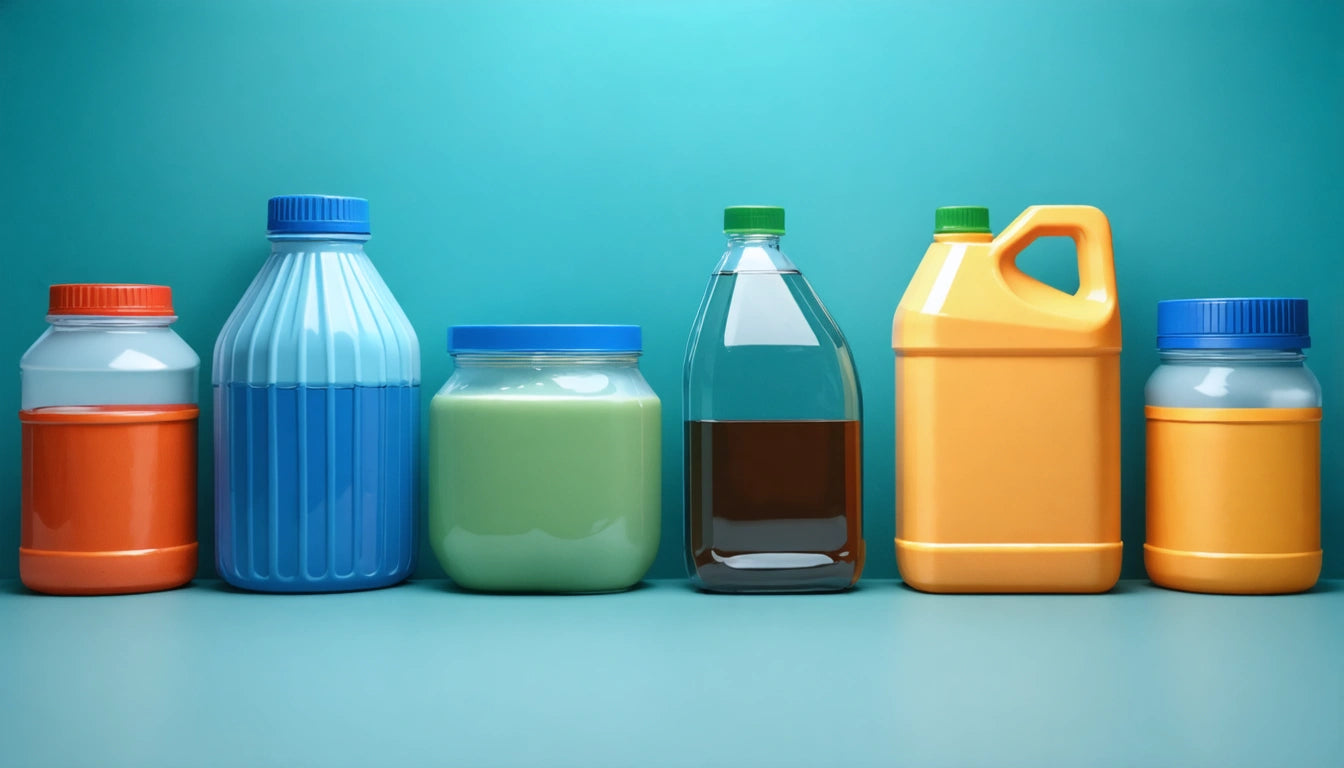Table of Contents
Effective Methods for Faking a Urine Drug Test
Urine drug tests remain a common screening method in various settings, from employment to legal compliance. Understanding how these tests work and the available methods to potentially circumvent them is valuable information for those concerned about privacy or facing testing requirements. This guide explores various approaches people use when attempting to pass a urine drug test despite recent substance use.
Understanding Urine Tests: What They Detect
Urine tests typically screen for metabolites, the byproducts created when your body processes substances. Different substances remain detectable for varying timeframes: THC metabolites can be detected for days or weeks, while other substances may clear more quickly. Understanding how urine tests work is the first step in developing an effective strategy.
Modern tests examine several factors beyond just the presence of drug metabolites:
- Temperature (should be 90-100 °F)
- pH levels
- Creatinine concentration
- Specific gravity
- Color and appearance
Labs use sophisticated equipment including precision measurement tools similar to digital scales to detect even trace amounts of substances, making older methods of adulteration increasingly ineffective.
Synthetic Urine Options and Considerations
Synthetic urine products attempt to replicate all the chemical and physical properties of human urine. These products typically contain:
- Urea
- Creatinine
- pH buffers
- Yellow coloring
- Other natural compounds found in urine
When considering using synthetic urine, quality matters significantly. Premium products more accurately mimic real urine's chemical signature, reducing detection risk. However, challenges remain in maintaining proper temperature and avoiding detection during sample submission.
Delivery Methods
Various devices exist for discreetly delivering synthetic urine during a test:
- Belt systems with tubes
- Leg-strapped pouches
- Prosthetic devices
Each method has advantages and risks, particularly regarding concealment and temperature maintenance.
Detox Products and Their Effectiveness
Detox products claim to temporarily clear or mask substances in your system. These include:
Detox Drinks
These beverages typically contain diuretics, vitamins, and herbs designed to dilute urine while maintaining its appearance. Their effectiveness varies widely, with better results typically requiring:
- Proper timing (usually 1-5 hours before testing)
- Following instructions precisely
- Abstaining from substances for at least 48 hours prior
For those seeking to pass a urine test through natural means, these products may offer assistance, though results are never guaranteed.
Detox Pills and Supplements
These products claim to speed up the body's natural elimination processes. Scientific evidence supporting their effectiveness remains limited, though some users report success when combined with significant water consumption and temporary abstinence.
Temperature Control: The Critical Factor
Regardless of which method you choose for how to fake a pee test, temperature control remains the most critical factor. Testing facilities immediately check sample temperature, as human urine exits the body at approximately 98.6 °F.
Common temperature maintenance methods include:
- Hand warmers (though care must be taken not to overheat)
- Body heat (keeping the sample close to skin)
- Insulated containers
Most synthetic urine kits include temperature strips to verify the sample is within the acceptable range before submission. This represents one of the most common failure points when attempting to pass a test for marijuana or other substances.
Legal and Ethical Considerations
It's important to note that in many jurisdictions, submitting fraudulent samples for certain types of drug tests may have legal consequences, particularly for:
- Court-ordered testing
- Probation requirements
- Safety-sensitive employment positions
The controversies surrounding drug testing extend to both those administering and those taking tests. Many argue that testing for non-performance-impairing substances outside work hours represents an invasion of privacy.
Some individuals pursue legal alternatives, including:
- Requesting reasonable accommodation for medical cannabis use
- Temporary abstinence when possible
- Seeking employment with organizations that don't test
Future Testing Advancements and Countermeasures
Drug testing technology continues to evolve, with labs developing more sophisticated detection methods. Future advancements may include:
- DNA testing in urine samples
- Expanded synthetic urine markers
- More comprehensive metabolite panels
Those concerned about how to cheat a urine test should recognize that detection methods are becoming more advanced. The most reliable approach remains temporary abstinence when possible, combined with effective strategies for ensuring clean samples.
Understanding both the limitations of testing and the risks of circumvention methods allows individuals to make informed decisions about their approach to drug testing situations, whether for employment, legal compliance, or other purposes.











Leave a comment
All comments are moderated before being published.
This site is protected by hCaptcha and the hCaptcha Privacy Policy and Terms of Service apply.